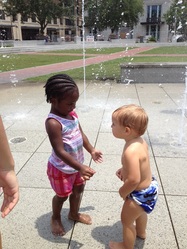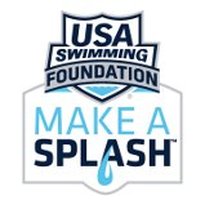
Coach Mandi has been teaching and coaching swimmers at the USA, summer league, high school, and Masters
levels for 35 years. She grew up in Nashville, Tennessee and swam competitively as a “Top-16 Swimmer” and Senior National Qualifier for Nashville Aquatic Club. As a mother of four children, she now limits her own swimming to open-water competitions in the Bahamas and the more opaque, lake waters of Altoona, Acworth, Winder, and Peachtree City.
Certifications/Training/Awards:
CPR for the Professional Rescuer, Lifeguard, First Aid, USA Swimming Certified Coach, Safety Training for Swim Coaches, YWCA SCUBA, PADI Advanced Diver SCUBA, PADI Rescue Diver, Deep Diver, PADI Free Diver, PADI Public Safety Diver, PADI Advanced Public Safety Diver, PADI Surface Support Specialist, GHSA Community Coach Certified, Positive Coach Alliance's Double Goal Coach Developing Triple-Impact Competitors course completed, Athlete Protection Training, Crowd Manager Training, USMS Certified Instructor, GHSA Swimming and Diving Rules Clinic, ASA Coach of the Year 2014, Red Cross Certified Instructor for: Lifeguarding, CPR/AED, First Aid, and Basic Life Support.


